5 Advanced Sampling Techniques
A sunlit studio filled with eclectic instruments and modern equipment.
Elevate Your Music Production
Hey there, fellow producers! Sampling is the heartbeat of so many genres, from hip-hop to electronic, pop to lo-fi. It’s like painting with sound, taking bits and pieces of the world and weaving them into something entirely your own. But if you’ve been chopping loops and flipping samples for a while, you might be ready to level up. Today, I’m sharing five advanced sampling techniques that’ll spark your creativity and give your tracks that extra edge. These are the tricks I’ve leaned on in the studio to create unique, head-turning sounds—let’s dive in!
1. Granular Synthesis Sampling
Granular synthesis is like sampling on steroids. Instead of using a sample as a whole, you break it into tiny fragments—called grains—and manipulate them to create textures and sounds that feel otherworldly. Imagine taking a vocal sample, slicing it into micro-seconds, and then stretching, pitching, or scrambling those grains to create a shimmering pad or a glitchy rhythm.
How to do it: Load your sample into a granular synth like Granulator in Ableton, Fruity Granulizer in FL Studio, or a standalone plugin like Output’s Portal. Play with the grain size, density, and pitch randomization. For example, I once took a simple piano chord, granulated it, and turned it into a haunting, evolving ambient texture for a cinematic track. Experiment with unconventional sources like field recordings or spoken word for truly unique results.
Pro tip: Automate the grain parameters over time to add movement and keep listeners hooked.
2. Time-Stretching and Pitch-Shifting for Creative Warping
Time-stretching and pitch-shifting aren’t new, but using them creatively can transform a sample into something unrecognizable. This technique is about pushing the boundaries—think stretching a drum loop so far it becomes a drone or pitching a vocal down to sound like a demonic growl.
How to do it: Use your DAW’s built-in tools (like Logic’s Flex Time or Pro Tools’ Elastic Audio) or plugins like Zynaptiq’s Pitchmap. Try extreme settings: stretch a sample to double its length, then pitch it up or down by an octave. I once took a snare hit, stretched it to create a sub-bass rumble, and layered it under a trap beat for a massive low-end vibe.
Pro tip: Combine time-stretching with effects like reverb or distortion to add character. Just be careful not to overdo it—artifacts can creep in if you push too far.
3. Layered Sample Chopping
Chopping samples is a classic, but layered chopping takes it to another level. This technique involves slicing multiple samples and recombining them to create a hybrid sound that’s greater than the sum of its parts. It’s perfect for building complex drum patterns or melodic phrases that sound fresh.
How to do it: Pick two or three samples with complementary vibes—like a jazz drum break, a funk bassline, and a vocal snippet. Slice them into small segments using a sampler like Serato Sample or MPC software. Then, map the slices across your MIDI controller and play them in real-time to create new rhythms or melodies. I’ve used this to blend a Motown bassline with a modern 808 kick, creating a groove that feels both retro and futuristic.
Pro tip: Use EQ to carve out space for each layer so they don’t clash. A high-pass filter on the vocal chops and a low-pass on the bass can make everything sit perfectly.
4. Reverse Sampling and Polarity Flipping
Reversing samples is a timeless trick, but combining it with polarity flipping can add a surreal twist. Polarity flipping (inverting the phase of a sample) changes how the sound interacts with itself or other elements in your mix, creating unexpected textures or rhythmic shifts.
How to do it: Take a sample—like a cymbal crash or a guitar riff—and reverse it in your DAW. Then, duplicate the reversed sample, flip its polarity (most DAWs have a utility plugin for this), and layer it with the original. This can create a pulsating, almost psychedelic effect. I used this on a vocal sample for a downtempo track, and it gave the hook an eerie, dreamlike quality that listeners couldn’t stop talking about.
Pro tip: Add subtle delay or reverb to the reversed sample to enhance its atmosphere, and automate the polarity flip for dynamic transitions.
5. Found Sound Collaging
Found sound collaging is about turning everyday noises into musical elements. Think of it as sampling the world around you—doors creaking, water dripping, or even your coffee machine hissing. This technique is advanced because it requires you to think beyond traditional music sources and train your ear to hear rhythm and melody in chaos.
How to do it: Record sounds with a portable recorder or your phone, then import them into your sampler. Chop and arrange them to create rhythms or textures. For example, I once recorded the sound of a train passing by, chopped it into rhythmic hits, and used it as the backbone of a percussive loop in an electronic track. Combine these sounds with traditional samples for contrast.
Pro tip: Process found sounds with effects like saturation or bitcrushing to make them feel more musical. Don’t be afraid to pitch them up or down to fit your key.
Why These Techniques Matter
These advanced sampling techniques aren’t just about showing off—they’re about telling a story through sound. Whether you’re crafting a banger for the club or a cinematic piece for a film, these methods help you stand out in a crowded music landscape. They’ve been game-changers in my own productions, helping me turn simple ideas into tracks that feel alive and unique.
So, grab your headphones, fire up your DAW, and start experimenting. The beauty of sampling is that there are no rules—only possibilities. What’s your favorite sampling trick? Drop a comment below or share your tracks with me on X—I’d love to hear what you come up with!


